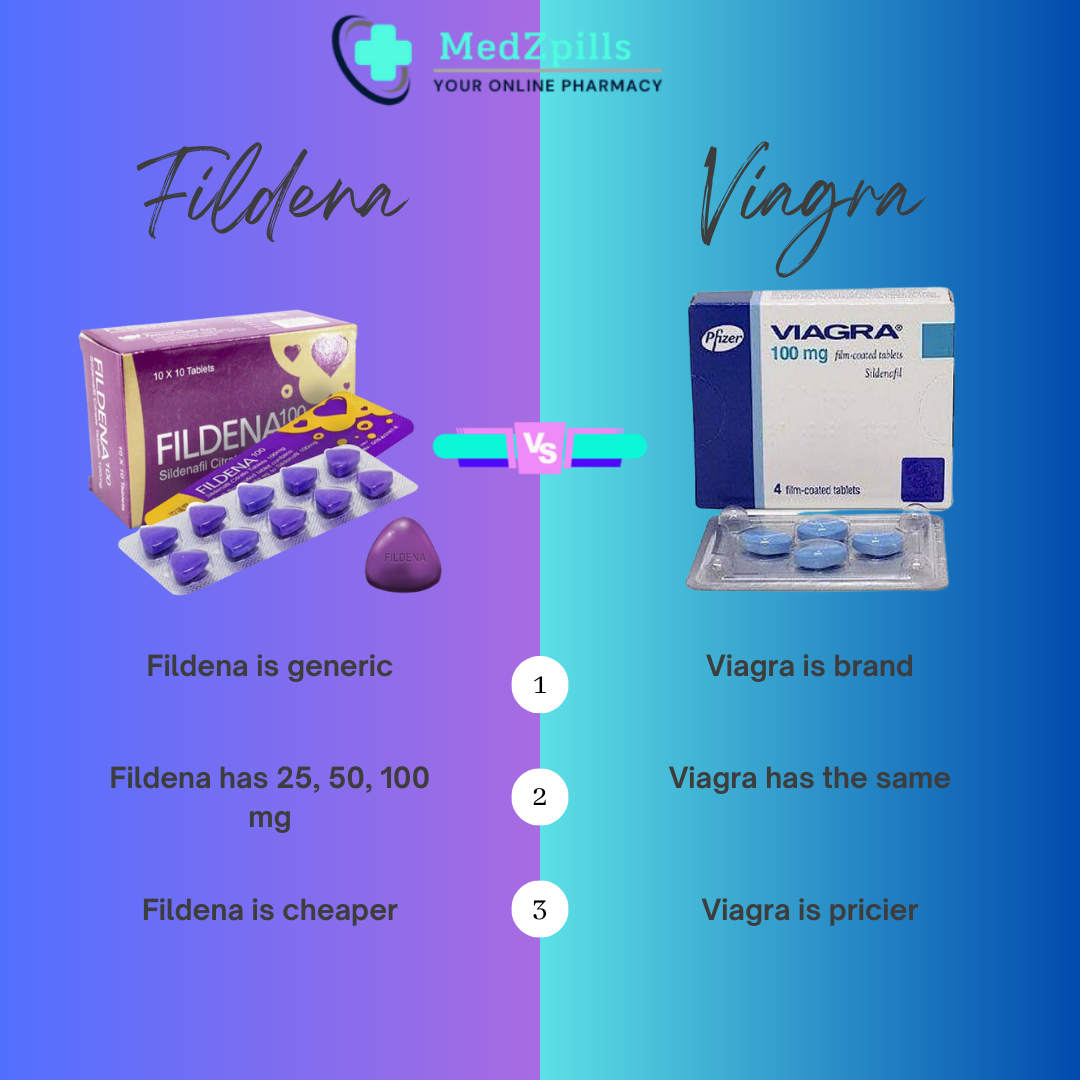Enzymes are the workhorses of biological systems, catalyzing a wide range of chemical reactions essential for life. Understanding the function and activity of enzymes is crucial for various fields, including drug discovery, biotechnology, and bioengineering. Enzyme target screening plays a pivotal role in unraveling the secrets of enzymatic activity and identifying potential targets for therapeutic interventions. In this blog post, we will explore the significance of enzyme target screening and its impact on scientific advancements.
Enzymes are proteins that act as catalysts, accelerating chemical reactions by lowering the activation energy required for the reaction to occur. They play a vital role in numerous biological processes, including metabolism, DNA replication, and signal transduction. By studying enzymes and their activity, scientists can gain insights into the underlying mechanisms of these processes and develop strategies to modulate enzyme function for various applications.
Introduce
Enzyme target screening involves the identification and characterization of enzymes that are involved in specific biochemical pathways or disease processes. This process allows researchers to pinpoint potential targets for drug development or therapeutic interventions. By understanding the structure, function, and regulation of enzymes, scientists can design molecules that selectively interact with the target enzyme, either inhibiting or enhancing its activity.
One of the primary goals of enzyme target screening is to identify inhibitors that can selectively block the activity of a specific enzyme. Inhibitors can be used as therapeutic agents to treat diseases caused by enzyme dysregulation or overactivity. For example, many cancer drugs target specific enzymes involved in cell proliferation or angiogenesis, inhibiting their activity and preventing tumor growth. By screening large libraries of compounds, researchers can identify potential inhibitors and optimize their properties to enhance efficacy and minimize side effects.
More
On the other hand, enzyme target screening can also lead to the discovery of activators or enhancers that can boost the activity of a particular enzyme. This approach is particularly valuable in cases where the enzyme’s activity is compromised or insufficient. By identifying molecules that can enhance enzyme function, researchers can develop novel therapies for diseases characterized by enzyme deficiencies. For instance, enzyme replacement therapies have revolutionized the treatment of genetic disorders such as Gaucher’s disease and Fabry disease, where the activity of specific enzymes is impaired.
Advancements in technology have greatly facilitated enzyme target screening. High-throughput screening (HTS) techniques allow researchers to rapidly test thousands or even millions of compounds for their ability to interact with a target enzyme. This enables the identification of potential hits that can be further optimized and developed into lead compounds. HTS methods include various assay formats, such as fluorescence-based assays, enzymatic assays, and binding assays, which provide valuable information about the interaction between the compound and the enzyme.
In addition to HTS, computational approaches have become indispensable in enzyme target screening. Molecular docking and virtual screening techniques allow researchers to predict the binding affinity and mode of interaction between a compound and the target enzyme. This enables the identification of potential inhibitors or activators, guiding the design and optimization of lead compounds. Computational methods significantly accelerate the screening process and reduce the cost and time associated with experimental screening.
More info
Enzyme target screening has revolutionized the field of drug discovery. By specifically targeting enzymes involved in disease processes, researchers can develop highly selective and effective therapies. This approach has led to the development of numerous successful drugs. Such as statins for cholesterol management, protease inhibitors for HIV treatment. And kinase inhibitors for cancer therapy. Enzyme target screening has also paved the way for personalized medicine, where therapies can be tailored to an individual’s specific enzyme profile, maximizing efficacy and minimizing side effects.
The discovery of new pharmaceutical drugs is one of the prominent tasks in biomedical research. Traditional approach, high-throughput screening (HTS) involves blind screening of the molecules obtained from nature or synthesized in laboratories, which causes high cost and low hit rate. As a powerful alternative approach, virtual screening (VS) has been developed to identify hit molecules from a set of compounds in a relatively short period of time. It can reduce the number of compounds to be synthesized, purchased or tested, and it expands the chemical space by performing on the virtual libraries of compounds. VS has already been a crucial step in early-stage drug discovery. Recently, ultra-large VS has also become a trend by applying cloud computing and enormous collections of compounds.
Beyond drug discovery, enzyme target screening has broader implications in biotechnology and bioengineering. By identifying enzymes with unique properties or activities, researchers can harness their potential for various applications. For example, enzymes with high catalytic efficiency and specificity can be used in industrial processes. Such as biofuel production or bioremediation. Enzyme engineering techniques. Such as directed evolution and rational design, allow researchers to modify and optimize enzyme properties for specific applications. Expanding the possibilities for enzyme-based technologies.
Conclusion
In conclusion, enzyme target screening is a powerful tool that enables researchers to unravel the secrets of enzymatic activity and identify potential targets for therapeutic interventions. By understanding the structure, function. And regulation of enzymes, scientists can develop strategies to modulate enzyme activity for various applications. Including drug discovery, biotechnology, and bioengineering. Advancements in technology. Such as high-throughput screening and computational methods, have greatly accelerated the screening process. Leading to the development of highly selective and effective therapies. Enzyme target screening continues to drive scientific advancements and holds immense potential for future discoveries and innovations.
Source from Profacgen
Profacgen is a state-of-the-art protein service provider located in Long Island, NY, USA. We provide custom protein services in the biological sciences, enabling access to the latest tools, techniques, and expertise with competitive pricing and rapid turnaround time. We serve a broad spectrum of industrial and academic clients with a commitment to delivering high-quality data and customer services.
Protein expression and purification is where we started our business.
We provide a wide range of expression systems from procaryotic cells to eukaryotic cells to cell free and animal free systems, from transient expression to stable expression.
We also provide bioprocess scale-up services. Our customers can choose to enter the protein expression pipeline at any stage.
Profacgen is also equipped with a professional team focusing on protein interaction analysis. We have acquired extensive experience and expert knowledge in protein interaction assays. We provide a comprehensive list of assays from initial screening (Y2H screening; Pull-down couple with MS analysis) to interaction validation (Co-IP, FRET etc.) to affinity and binding kinetics study (SPR analysis).



